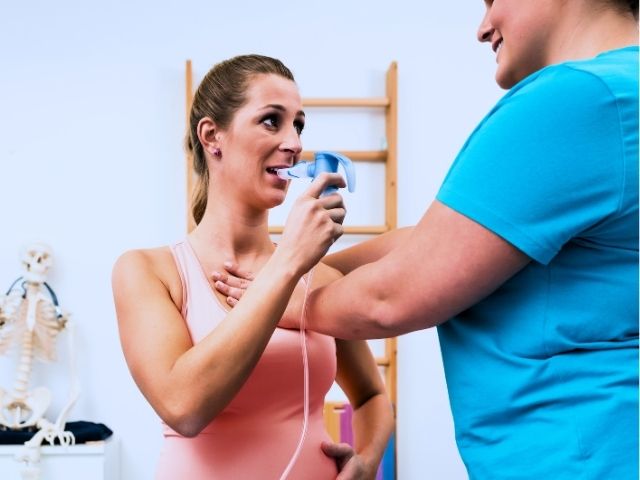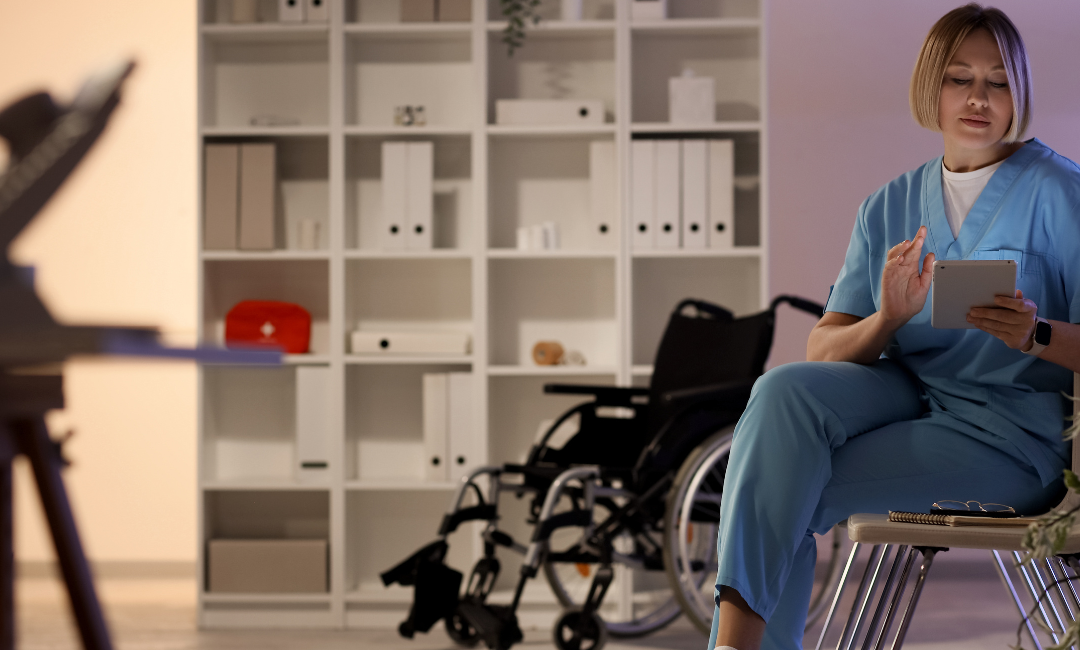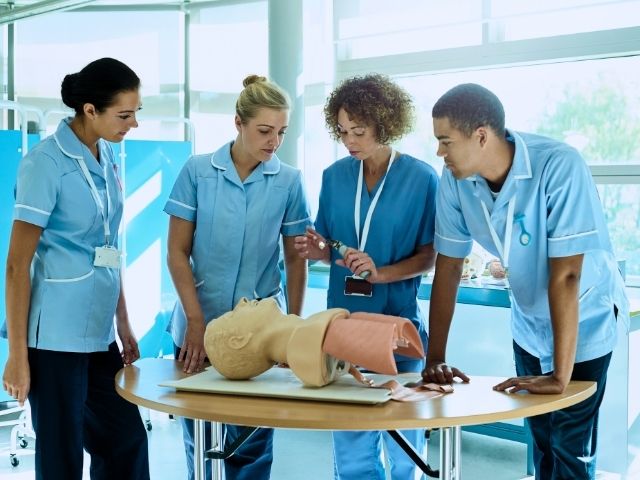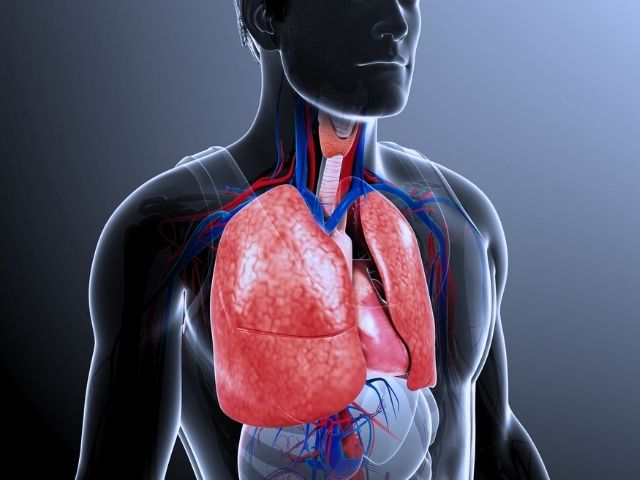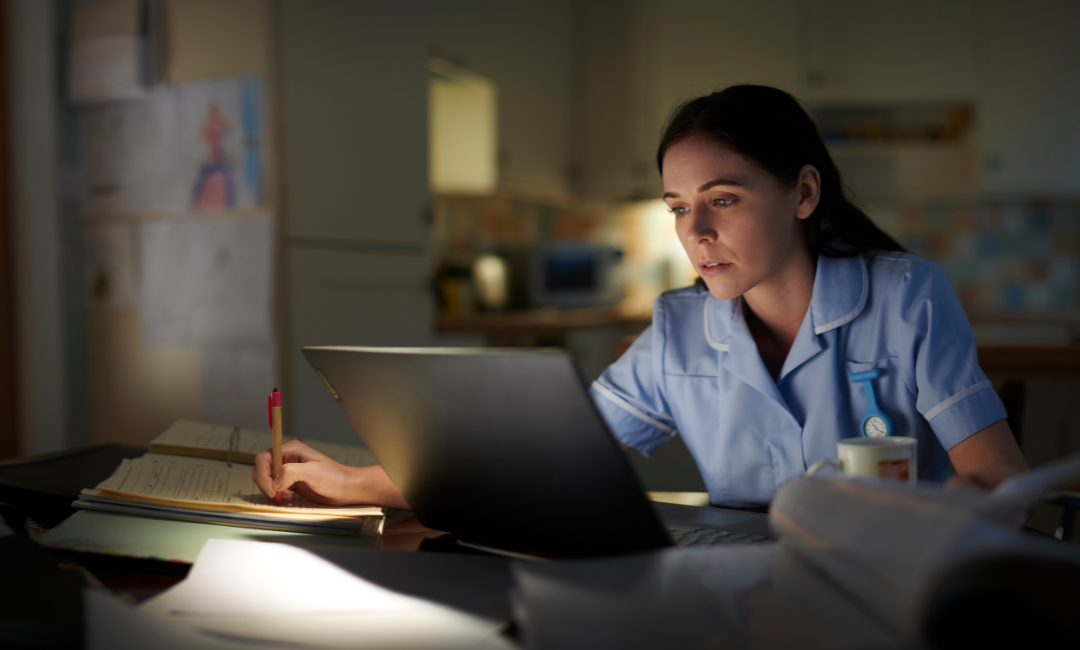Methods of Pulmonary Toilet
Huff Coughing
Huff coughing is a technique that requires you to “huff” by breathing hard out of your mouth, as though you were creating fog on a mirror. This helps move mucus from the lungs.
It involves taking a slow deep breath in to fill the lungs, holding it for two to three seconds, and actively exhaling as hard as you can like breathing onto a mirror to create a fog. Inhaling and holding the breath enables the air to get behind the mucus which separates it from the lung wall and allows it to be coughed out. This is less tiring than a cough but is effective.
Suctioning
Suctioning utilizes a thin, flexible tube called a suction catheter. At one end, the catheter is attached to a suction device with a negative pressure that pulls air through the tube. The other end is placed into the airway to suck out the secretions.
It is a mechanical aspiration of secretions. There are different kinds of suctioning: airway suctioning, oral suctioning, oropharyngeal suctioning, and nasopharyngeal suctioning.
Incentive Spirometry
Incentive Spirometry is a method of strengthening and controlling breathing using a device called an incentive spirometer. It is a clear, hollow cylinder with a flexible tube attached and with a mouthpiece at the end through which the patient will inhale.
The patient should be in a relaxed position and make a tight seal around the mouthpiece and will then inhale deeply and slowly. During inhalation, a tiny ball or indicator goes up and down inside the spirometer, depending on how much you can inhale.
If possible, the patient sustains the inhalation to create an end-inspiratory hold and to watch the flow meter level. The patient then relaxes the seal from the mouthpiece and exhales normally. Ideally, this should be done ten times every waking hour with rests in between breaths.
Percussion
Percussion, also called cupping or clapping, is done by striking the back of the chest with cupped hands making sure all parts of both lungs are covered. This repeated contact helps to break up thick secretions in the lungs.
It is not recommended for patients who are very frail or those who have experienced heart problems, pulmonary embolism, pulmonary edema, pneumothorax, or rib injuries.
Vibration
Vibration is similar to percussion; however, instead of cupped hands, the palms are not cupped and are flatter. It is done by keeping one arm straight, with the palm of that hand on the chest or back. The other hand is placed on top while rapidly moving it side to side to create a vibration which will help to loosen the secretions in the lungs.
Postural Drainage
Postural drainage is a method where gravity helps clear the airways by laying or sitting in certain positions. It is especially beneficial in the morning for clearing secretions that have built up overnight.
Sometimes, it is combined with other pulmonary hygiene methods, such as breathing exercises or vibration. There will be certain positions that will work best to do postural drainage depending on the area that needs clearing.
